Think globally, conserve locally
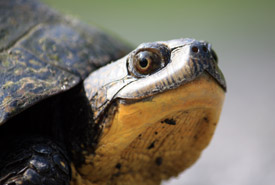
Blanding's turtle (Photo by Gabrielle Fortin)
At the beginning of May, representatives of 132 governments around the world released a United Nations report that issues a stark warning: the accelerating deterioration of nature is jeopardizing humanity’s collective future. The report is...
Success under pressure: Helping landowners succeed with stewardship in southwestern Ontario
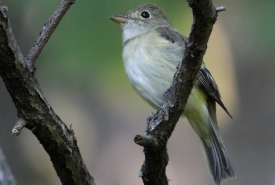
Acadian flycatcher (Photo by Bill Hubick)
The Carolinian ecoregion of Canada makes up one per cent of the country’s total land mass and is limited to southwestern Ontario. Many of the region’s 70 tree species — such as tuliptree, pawpaw and sycamore — are found...
Buzzing down the house: An update
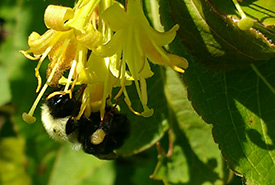
Bumble bee (Photo by Amanda Liczner)
This is an update to a post I wrote last year. The data has now been analyzed, and the results are ready for sharing. We commonly hear that bees are in decline and that we need to save them because they are important pollinators of crops and...
Native grassland is important habitat for grassland birds
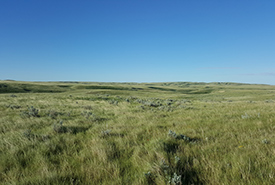
Native grassland (Photo by Sarah Ludlow/NCC staff)
Saying that native grassland is important habitat for grassland birds seems quite obvious. And you might think to yourself, “Of course grassland birds like grassland habitat; it’s right in the name!” The important point to note...
Beech leaf disease: A new problem for Ontario trees
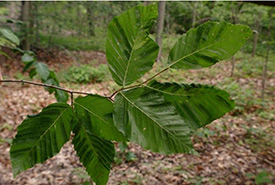
Early-stage leaf striping (Photo by John Pogacnik, Ohio Department of Natural Resources)
Beech bark disease began ravaging beech trees in Ontario in the late 1990s, after spreading west from Atlantic Canada. But recently, a new beech disease has emerged in the province. Beech leaf disease was first detected in North America in 2012 in...
Wetland contamination and turtle health
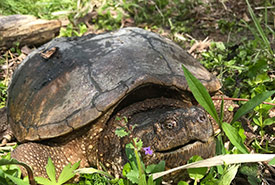
Snapping turtle (Photo by Pascale Bider)
Between oozing mud, mosquitoes the size of golf balls and strange-smelling water, wetlands may not seem to you or me like an appealing place to live. But for most of Ontario’s eight species of turtles, wetlands are an essential...
Driving Miss Hazel
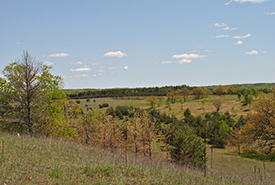
Hazel Bird Nature Reserve, ON (Photo by NCC)
Nature Conservancy of Canada (NCC) staff like to say that science drives our conservation work. This is true, but sometimes while following the science, we stumble into something unexpected and truly amazing. Let me explain. Back about 20 years...
Something’s Fishy: Atlantic whitefish
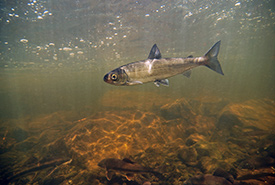
Atlantic whitefish (Photo by Bob Semple)
In the cold waters of Nova Scotia’s Petite Rivière watershed swims a fish so elusive that, without action, it might never be seen again. Size and appearance This silvery-sided species, with its blueish-green back, is commonly...
A place that’s for the birds: Newfoundland and Labrador’s Codroy Valley is a haven for wildlife and a boon for bird lovers
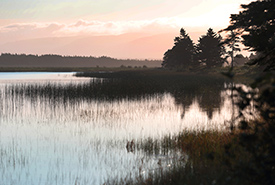
Grand Codroy Estuary, NL at sunset (Photo by Mike Dembeck)
The saying “for the birds” is often used to state that something or somewhere has little worth or none at all. But when Claudelle Devoe says that the Grand Codroy Estuary in friendly Newfoundland and Labrador is for the birds, she...
We can recover Canada’s wildlife: Five examples of species NCC is helping save
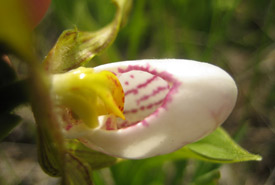
Small white lady's-slipper (Photo by Melissa Grantham)
These are tough times for many wildlife species and their habitats. Over three-quarters of Earth’s terrestrial ecosystems (excluding Antarctica) have been directly modified by human activities1 , and most of our shrinking global wilderness...

